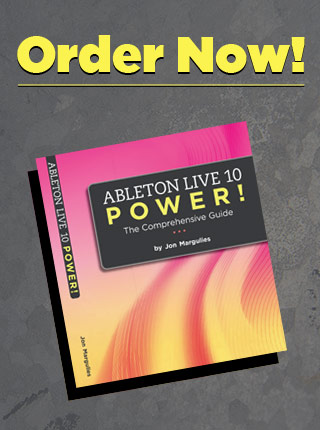Earlier in the year, I spent a few tips building a Bi-Mode Filter, which is an important part of my performance setup. It’s not my only filter though – the bi mode is only used for tracks which contain beats or entire songs. For tracks which contain vocals or samples, I use a morphing bandpass/highpass filter.
This evolved as a solution to a particular problem. For the Hobotech sets, my vocals are all kinds of strange recordings – ranging from old country blues to Tom Waits singing with a full band. To mix these vocals with different tracks often requires a bunch of special EQ, although most cases are some form of high pass or band pass filtering.
I wanted to create a solution where I could get any of these samples to sit over the underlying track by turning one knob. The end result also ends up being a pretty cool effect, too.
To create morphing effects, you need to master the Zone Editor and the Chain Selector. If you’re new to these, first try a little experiment. Create a rack with three chains containing three radically different effects. Then hit the Chain switch to reveal the Zone Editor:
See the three blue rectangles lined up under the number 0? These are called Zones. Move two of them to different locations. (Float your mouse right over the center of the Zone. The pointer will turn into a splitter, allowing you to drag them.)
Now, check out the horizontal orange indicator that’s sitting above 0. This is the Chain Selector. Drag it from left to right while playing some audio through the rack.
In the above example, you’d find that when the Chain Selector is sitting at 0, the audio is processed by the Grain Delay, at 8 it’s processed by the Frequency Shifter, and at 16 the Phaser processes the audio. In any other position, the Rack won’t pass any sound at all.
Once you’ve got your head wrapped around this, you’re ready to begin morphing. Stay tuned!





